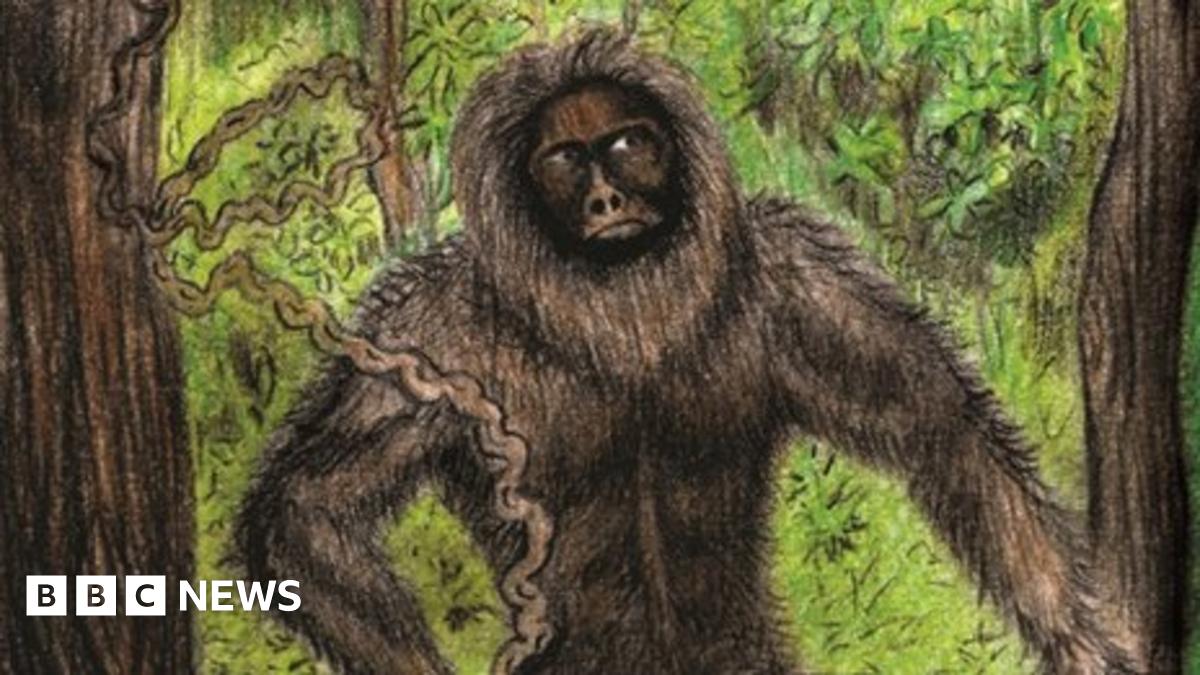Oarfish corpses were found/recorded over 200 years ago, and originally thought to be sea serpents because of the way they looked, (which makes sense at first glance) but if this story has moral it's that looks can be deceiving. This is exactly why science is so important, it probes for deeper understanding than first impressions.
The legends of sea serpents include the ability to attack people and entire ships. The oarfish is a huge but harmless creature that doesn't even have teeth. If people did see an oarfish and thought they were being attacked by sea serpents that exactly describes how wrong people can get things without deeper understanding. Aside from its size and monstrous look, it fits none of the other features of the legendary sea serpents.
For a description of how the oarfish actually got its name check out the Wikipedia entry. There is no conspiracy here. In fact every description of the oarfish I can see online explains that it is believed to be the source of some sea serpent legends - so where is the cover up?
Plus, what about all the other creatures that may be responsible for sea serpent legends? If anything you should be pleased that science is leaving open the possibility of a creature who actually fits the description of a sea serpent, instead of jumping to conclusions because of the oarfish's superficial appearance.
By the way, science is not a process that eliminates the possibility of error - science is a process that constantly finds error and attempts to correct itself. Unlike pseudoscience, which only stays to one track of reasoning without ever shifting from its course no matter what the data says.







Comment